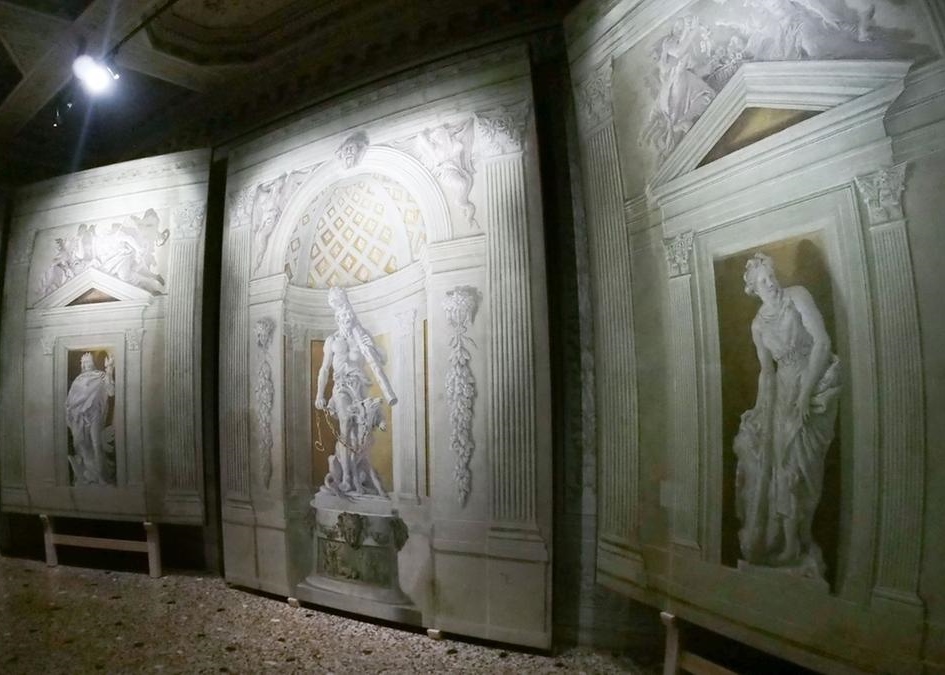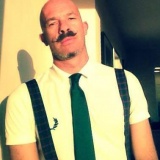
In 1727 Giandomenico Tiepolo was born, third son of Giambattista Tiepolo, the unrivaled painter of the Venetian Rococo who enchanted all the courts of Europe with his aerial style and very modern design. His mother was Cecilia Guardi, the sister of the Vedutist painters Francesco and Antonio. In short, Giandomenico was a double son of art, a concentration of Venetian style.
Very young he entered his father's workshop and soon began to collaborate in his great decorative endeavours, from Palazzo Labia to the last masterpieces he produced during his stay in Madrid, where Giambattista died in 1770.
The tragic event did not only mean the return to Venice, but probably a turning point in the existence of Giandomenico, who resumed in a lesser tone the production of frescoes in churches and palaces. In 1776 he married and, although he accepted in 1785 to decorate the Palazzo Ducale in Genoa, he decided to spend most of his time in the residence of Zianigo, where he cultivated his interest in design and where he died in 1804 leaving a very important pictorial testament. Like his father, Giandomenico is also tied with the other immense figure of Venetian art of that time: the architect Andrea Palladio.
As we know, almost all the noble families of Venice asked the Tiepolo family for the decorations of the ceilings and walls of their homes designed by Palladio, above all the Valmarana family. Several branches of this noble family commissioned the father and son to paint several frescoes to decorate the villas on the mainland and the palaces in the city. Now, thanks to the descendants of the branch of the Valmarana Franco family, it will be possible to admire in Vicenza seven frescoes detached from the family palace during the Second World War, to protect them from air raids that bombed the area.
The seven extraordinary frescoes by Giandomenico Tiepolo, which for over fifty years had been preserved in the owners' residences, are destined for the Palladio Museum. Today the heirs of those who with enormous foresight saved the works from certain destruction, are convinced of the opportunity for public enjoyment of these masterpieces.
This story intertwines several other stories: that of the extraordinary art of Tiepolo, able to transform from the root the Venetian tradition of frescoing; the defense of the artistic heritage in the dark years of World War II; and the more personal story of Giandomenico, who from the shadow of his father was able to re-emerge as a leading figure in the Venetian art scene and turned out to be a versatile and varied painter as the monochrome frescoes on display testify.
Some depictions of Hercules in his efforts, other representations of satyrs and satires, a subject very dear to the painter, give us a perfect degree of harmony between Palladian architecture and monochrome interior decoration, which simulates niches in which these painted statues seem to belong to the real masonry of the villa. This exhibition in Vicenza is flanked by that of Ca' Rezzonico in Venice where all the frescoes by Giandomenico, torn in the early twentieth century from the residence of the Tiepolo family of Zianigo, are now on display completely restored.
A son of art celebrated not only for his famous surname but for his great ability to immerse himself in a personal stylistic world and completely emancipated from that of his unattainable father.



